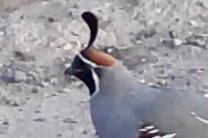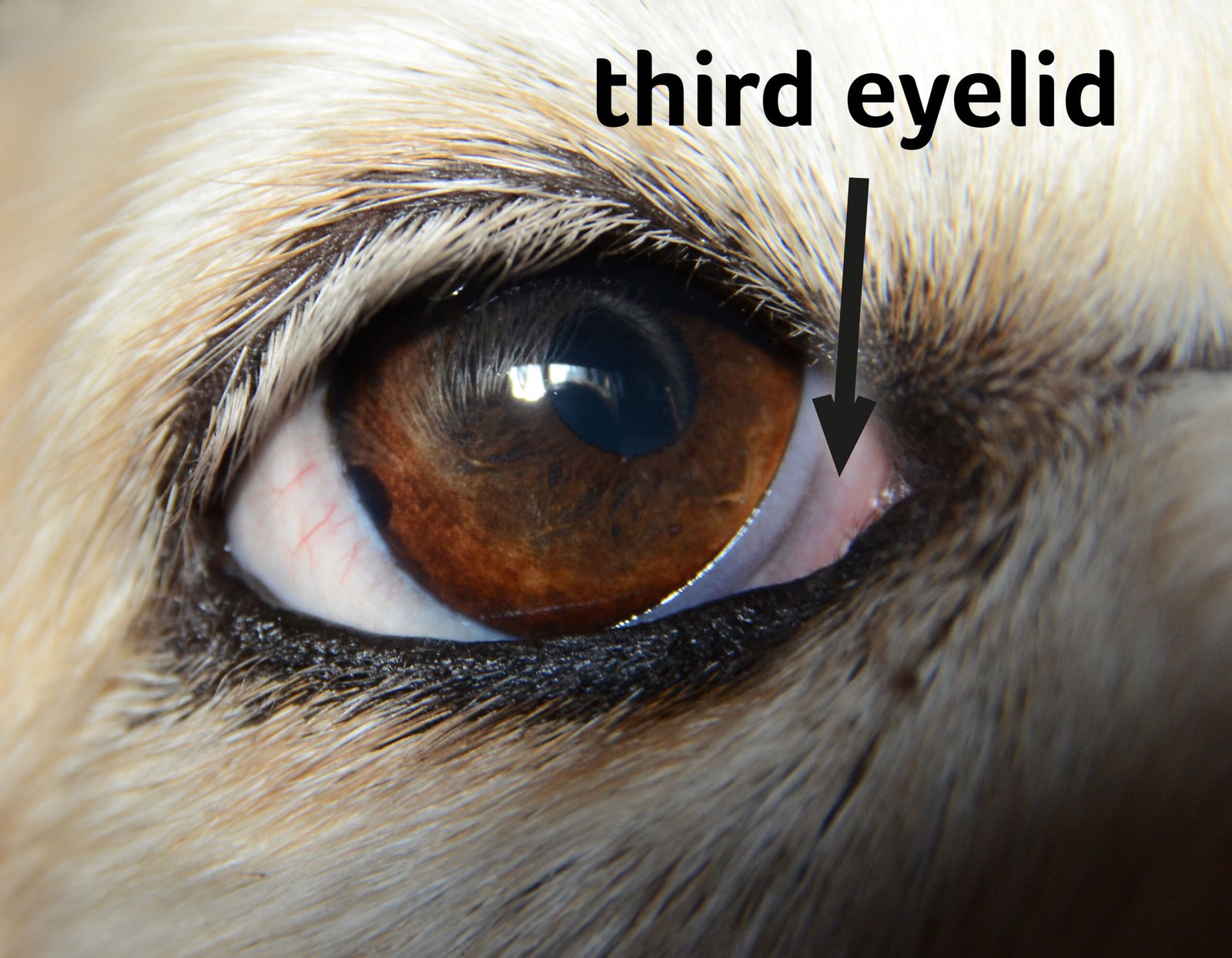Gambel’s quail are a fascinating and adorable bird species that call the Sonoran and Mojave deserts home. These birds are known for their distinctive plumage and unique behavior, making them a favorite among bird enthusiasts and nature lovers.
Appearance

Gambel’s quail are known for their striking appearance, with males having a bold, black head and a vibrant reddish-brown body. Females, on the other hand, have a more muted appearance with grayish-brown feathers and a crest of feathers on their head. Both sexes have a plume of feathers on the top of their head that adds to their unique appearance.
Diet

These desert birds have an omnivorous diet, feeding on a variety of plants, seeds, insects, and other small creatures. They are especially fond of succulent plants such as cactus, which provides them with essential moisture in the arid desert environment.
Habitat
Gambel’s quail are found in the arid regions of the southwestern United States, including Arizona, New Mexico, and Nevada. They prefer habitats that provide cover and food sources, such as desert washes, mesquite woodlands, and thornscrub.
Behaviour
During the day, Gambel’s quail can be seen foraging for food on the ground in small groups known as coveys. They are known for their distinctive vocalizations, which include a series of clucks and chirps that can be heard from a distance. Mating season begins in the spring when males engage in elaborate courtship displays to attract females. Females will then lay their eggs in shallow depressions on the ground and the male will help incubate them.
Predators
Gambel’s quail have a variety of predators, including coyotes, bobcats, foxes, and birds of prey. To escape from predators, they rely on their ability to fly in short bursts and run quickly on the ground – up to 15 mph/24 kph! Additionally, they have a unique behavior called “flushing,” where they suddenly burst out of cover and fly away to escape predators.
Housing
At night, Gambel’s quail will roost on the ground in groups. They will often seek out sheltered areas such as thickets, underbrush, or rocky outcroppings to protect themselves from the elements and predators.

Gambel’s quail are a fascinating bird species that have adapted to survive in the harsh desert environment. Their unique behavior, striking appearance, and important role in the desert ecosystem make them a true delight to observe in their natural habitat.




Leave a Reply